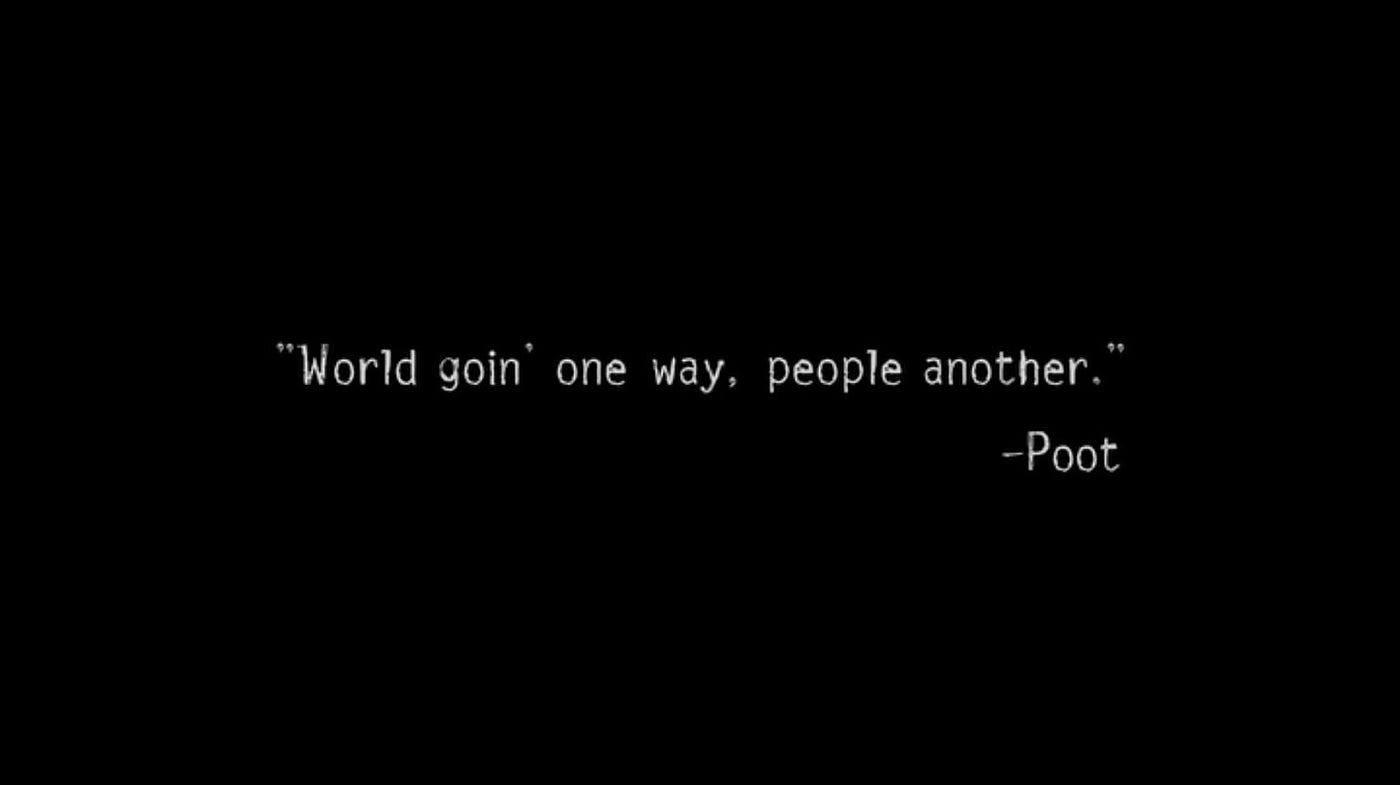Jobs Day in 'merica. Yields are up slightly this morning with the 2Y at 5.04% and the 10Y at 4.74%. Forecast calls for headline of +170K, a decline in the unemployment rate to 3.7% and average hourly earnings growth of 0.3% mom and 4.3% yoy. Jobless claims again remained extremely low and, per Reuters reporting, additional data from Challenger, Gray & Christmas showed that September layoffs were down 37% from August, but up from a year prior. Oil remains off recent highs having one of its worst weeks since March, down ~9%. And in energy a huge deal is in the works a energy space as Exxon is reported to be near buying shale giant Pioneer Natural Resources. Fedspeak yesterday from Daly and Goolsbee was largely in the pause with no need to hike further camp. Daly was adamant that we're not seeing any signs of a wage-price spiral On the Fed front we'll get a speech from Governor Waller at noon today.
XTOD: What's the most Gothilocky reaction for NFPs tomorrow?
#1 = Strong NFP, followed by an Equity bounce and a Bond puke ("strong economy bro!")
#2 = Weak NFP, followed by an Equity puke and a Bond puke ("it's never been more over")
XTOD: "We find that funds with facial unattractive managers outperform funds with attractive managers by over 2% per annum. We next show that good-looking managers attract significant higher fund flow..."
XTOD: Wall Street keeps thinking nothing of lasting significance happened in the spring of 2020, so they keep pounding away with all the same pre-pandemic rules and then "struggle to explain" when none of these rules work anymore?
In other words, don't be @Austan_Goolsbee. He is "puzzled" about higher rates because he still thinks it's 2019, and why his speeches about how things work have been way off the mark.
* The answer may be that we are in a higher inflation world!!!
* The labor market has changed forever (see the strikes and remote work)
* Deglobalization is a thing that is not going away
* Energy output is now a political weapon.
Want to know who does not understand this? Analysts Wall Street droning on and on about used car prices and airline tickets. This assumes, again, that nothing of lasting significance changed the inflation outlook in the spring of 2020. Instead, what is needed is a new understanding of how post-pandemic inflation works. It is not the same as the pre-pandemic inflation world. It is higher, and yields are following inflation higher.
Do this, and the "struggle" to explain rising yields will disappear.
XTOD: Anecdotally, from speaking with investors, this rings true. People were completely caught off guard by deficit coming in at $1.9 trillion - then they study the unsustainable outlook & see total dysfunction in DC = higher rates
XTOD: “sustainable” results is another mystery the CBO does not explain." Of course, if interest payments really rose to 20%, even 10% of GDP, they would likely have big economic effects. The most obvious thing is increase spending, GDP and likely demand side inflation. But if they did that, the ratio of interest payments to GDP would fall. The reason this doesn't happen in the standard forecasts is, as I've said, they simply don't model the effects. It's easy to get a number to go to infinity in a model, but presumably we care about reality This is where the Fed comes in. If the Fed is raising rates, than its because they think the rising private interest payments drain demand more than the interest income adds to it. But if that's true, than again we're back to asking why we care if economic factors are good. If these interest payments don't have macroeconomic effects, why should we care (outside of impacts on inequality)? This brings us to the final issue. As economist Scott Fullwiler pointed out 7 years ago, these models also don't model private debt ratios...Here the "Schrödinger's interest payments". issue gets especially stark. household and business interest payments relative to GDP would likely rise faster and crash the economy well before government interest payments got that high...Thus what won't be "sustainable" is Fed interest rate policy, not debt or deficits. On the other hand, if for some reason private sector debt to gdp (and thus private sector interest) stayed much lower than the public sector's, we're back to "lowering rates would reduce spending"
XTOD: “More fiction has been written in Excel than in Word.” - Pythagoras, 544 BC
XTOD: This is not a meme stock, not the U.S. dollar, not yields and not even the global debt.
This is the chart of orange juice futures
https://x.com/agnostoxxx/status/1709914384271548675?s=20
https://x.com/tracyalloway/status/1709969919071105354?s=20
https://x.com/biancoresearch/status/1710043963325886770?s=20
https://x.com/DonFSchneider/status/1710036479127278077?s=20
https://x.com/NathanTankus/status/1710041167423766944?s=20
https://x.com/donnelly_brent/status/1710035571584717063?s=20
https://x.com/thisisorlando/status/1709788147750674686?s=20
https://x.com/donnelly_brent/status/1710035571584717063?s=20
https://x.com/thisisorlando/status/1709788147750674686?s=20

Wow - +336K headline. Unemployment rate unchanged at 3.8% and AHE unchanged at 0.2% mom. 2Y up to 5.10% and 10Y at 4.80%, big moves higher.
ReplyDeleteJobs gains look broad based and prior data revised higher for July and August https://www.bls.gov/news.release/empsit.nr0.htm
ReplyDelete